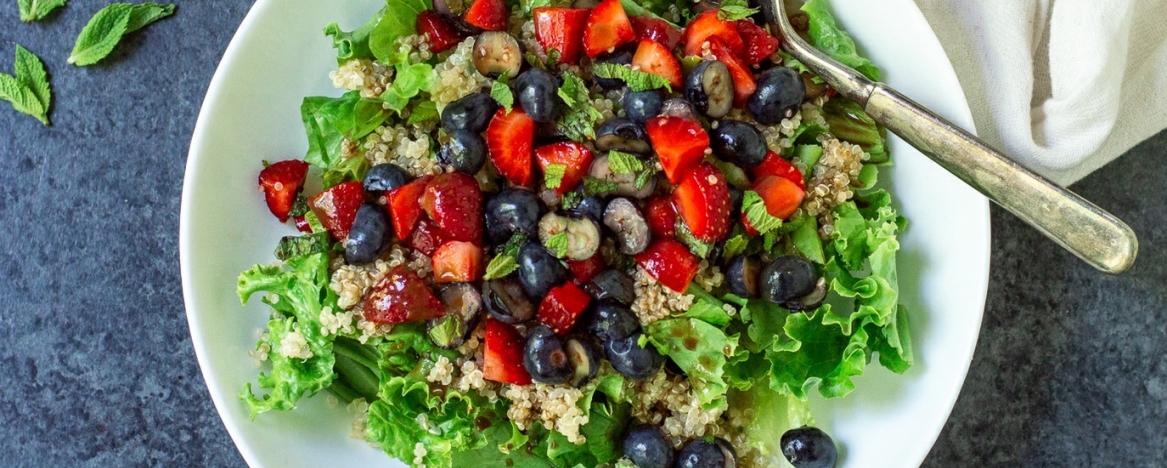
Simple ways to help reduce blood pressure
The 17th of May marked World Hypertension Day, which most of us know as high blood pressure. So, this week I will be looking at what is hypertension and the various lifestyle and nutritional changes that can be easily made to help reduce the numbers.
High blood pressure refers to the pressure the blood places on the walls of our circulatory system (veins and arteries) as the heart pumps blood around our body. The resistance of the walls of these veins and arteries to this pressure is often influenced by various factors, such as family history, diet, and lifestyle, these can all impact the health of our circulatory system.
When blood pressure is high it means that the veins and arteries are more resistant to the pressure on the walls because of a buildup of plaque and left untreated it can unfortunately to lead further health complications, such as strokes, metabolic syndrome, and dementia.1 When looking to improve our blood pressure, the objective is to reduce the inflammation that has built up in our circulatory system, which as we have seen results in plaque and the hardening of the walls. There can be a hereditary component as well as a diet high in processed sugars and unhealthy fats, and/or a lack of physical activity.
We now understand that lifestyle and nutrition can have an important role to play in lowering high blood pressure, as well as improving our health and/or reducing the symptoms of other chronic health conditions such as arthritis and type 2 diabetes. A healthy vascular system means that it can adapt and deal with the varying pressures that occur within it throughout the day, these differences occur when we exercise, play sports, are stressed or simply relaxing.
As with anything to do with health, if we do not use it and put it through its paces, our vascular system will become lazy and will deal less efficiently with the changes in blood pressure mentioned above. A simple way of improving the health of our vascular system is to incorporate some form of exercise such as walking, as this ensures that our vascular system is ‘exercised’. Over time this will support our vascular health in the long term, keeping it flexible and ready for action.
We know that sugar is highly inflammatory for the body, and diets high in refined sugars are often a contributing factor to high blood pressure. The chemical reaction which takes place within the body means that the refined sugars create free radicals which are known to cause inflammation and cell damage. These free radicals can then travel and be deposited within the lining of our vascular system, resulting in hardening, and sometimes narrowing of the blood vessel walls which in turn restrict blood flow and increases blood pressure.
When purchasing any processed or packaged food it is important to be aware of the salt content by not only looking at the nutritional information but also the ingredients. As unfortunately salt is not only used to enhance flavour in packaged and processed foods, but it also increases the products shelf life. This excess salt in our diet is known to be a factor that can increase blood pressure as salt is also known to retain fluids, therefore, increasing once again the pressure within our vascular system. However, when cooking at home and from scratch, salt is not really of concerns, as it is generally only added to flavour foods and not nearly in the same quantities as used in the foods industry.
Reducing our intakes of saturated fats, such as those found in red meats, pork, dairy products looking instead to bring in more healthy fats such as avocadoes, nuts, seeds and olives and olive oil as studies have shown that the fats have a protective factor when looking at our heart and circulatory health.
Eating a diet rich in green leafy vegetables and vegetables of a variety of colours, such as red, orange, and yellow (think to eat the rainbow), these colours are not only beautiful to look at but they are full of antioxidants, these are also known to help reduce inflammation in the body and are extremely good for our heart health! Most vegetables are also full of magnesium which can help relax the vessel walls.
So, with all the local farmer’s markets bursting with fresh vegetables why not try out this simple berry quinoa salad, which is so tasty and doesn’t take long to make.
Send your nutrition questions to susan@susanalsembach.com
1) https://www.medicalnewstoday.com/articles/150109#diet
HEADER PHOTO: iStock









